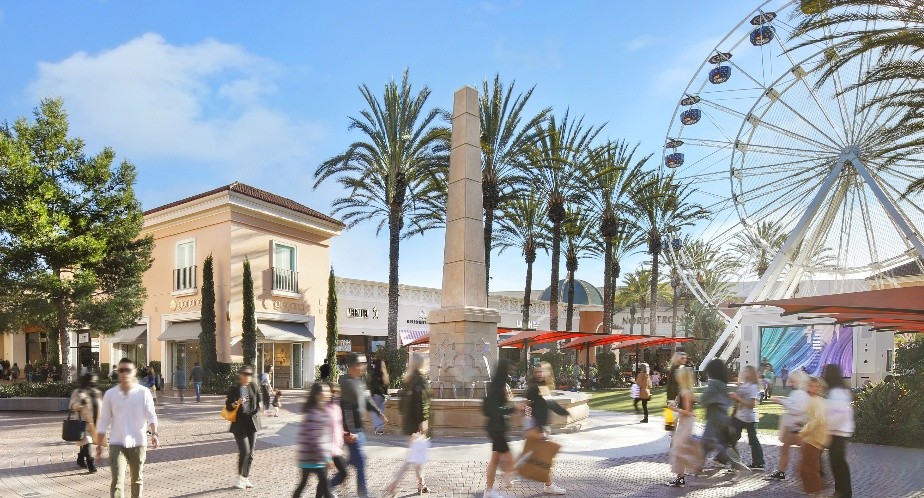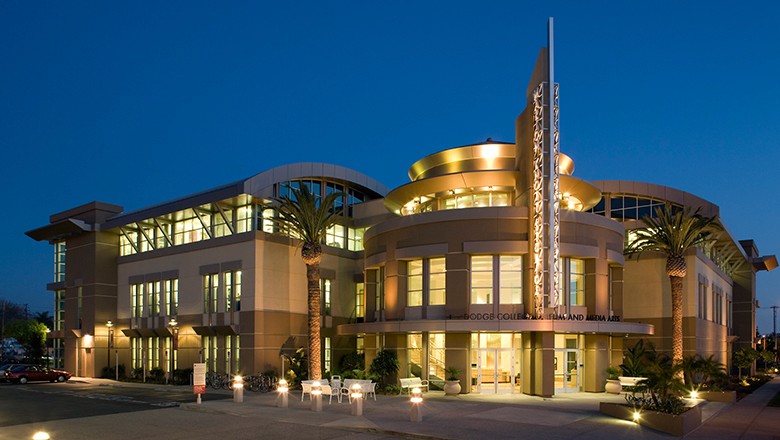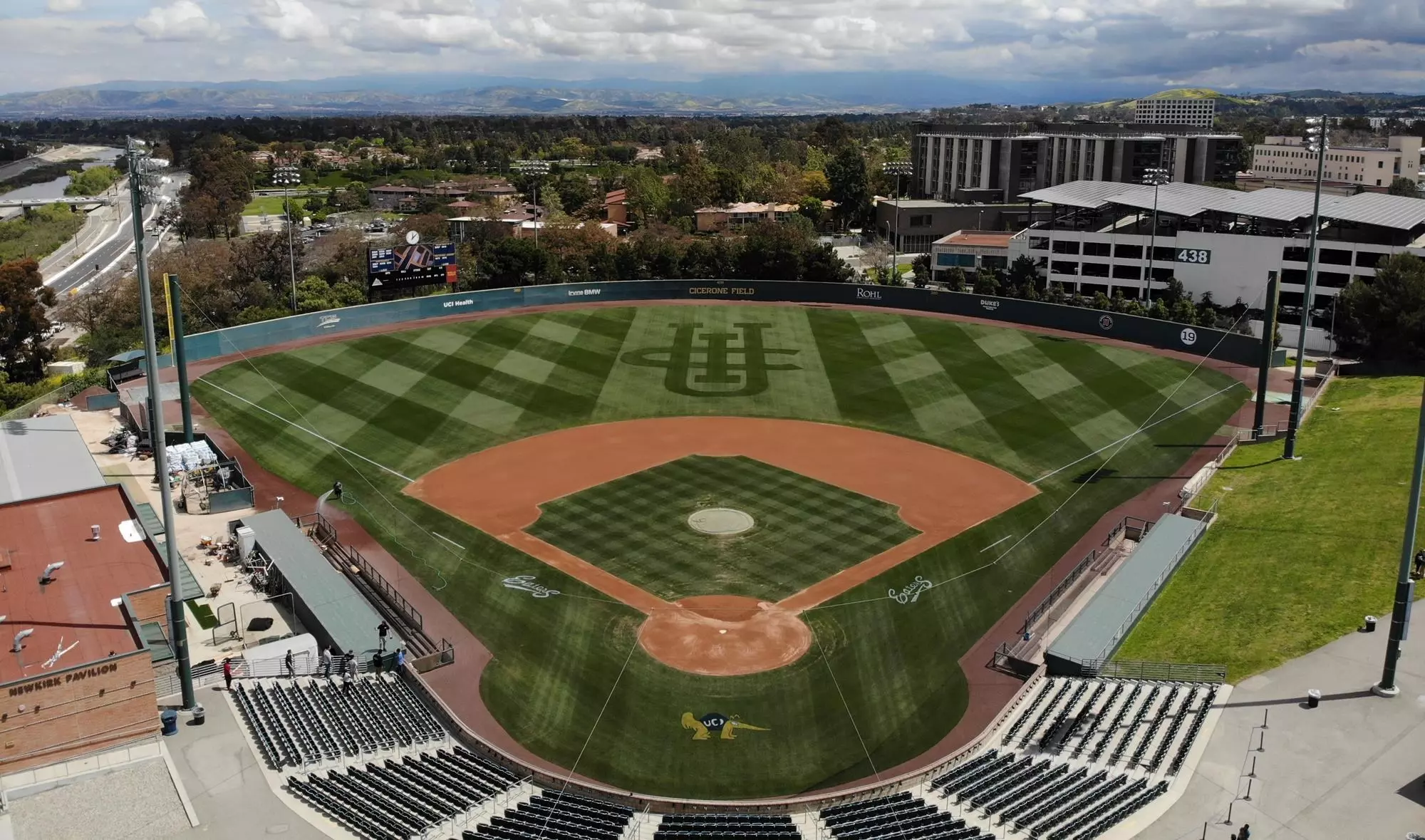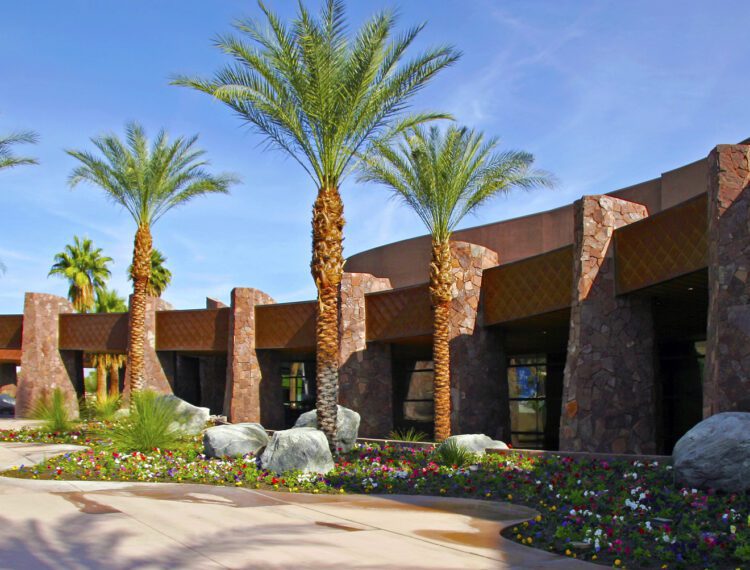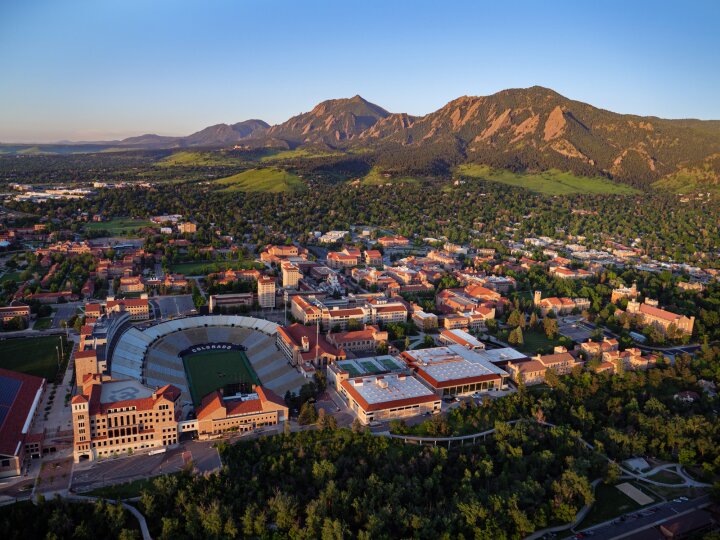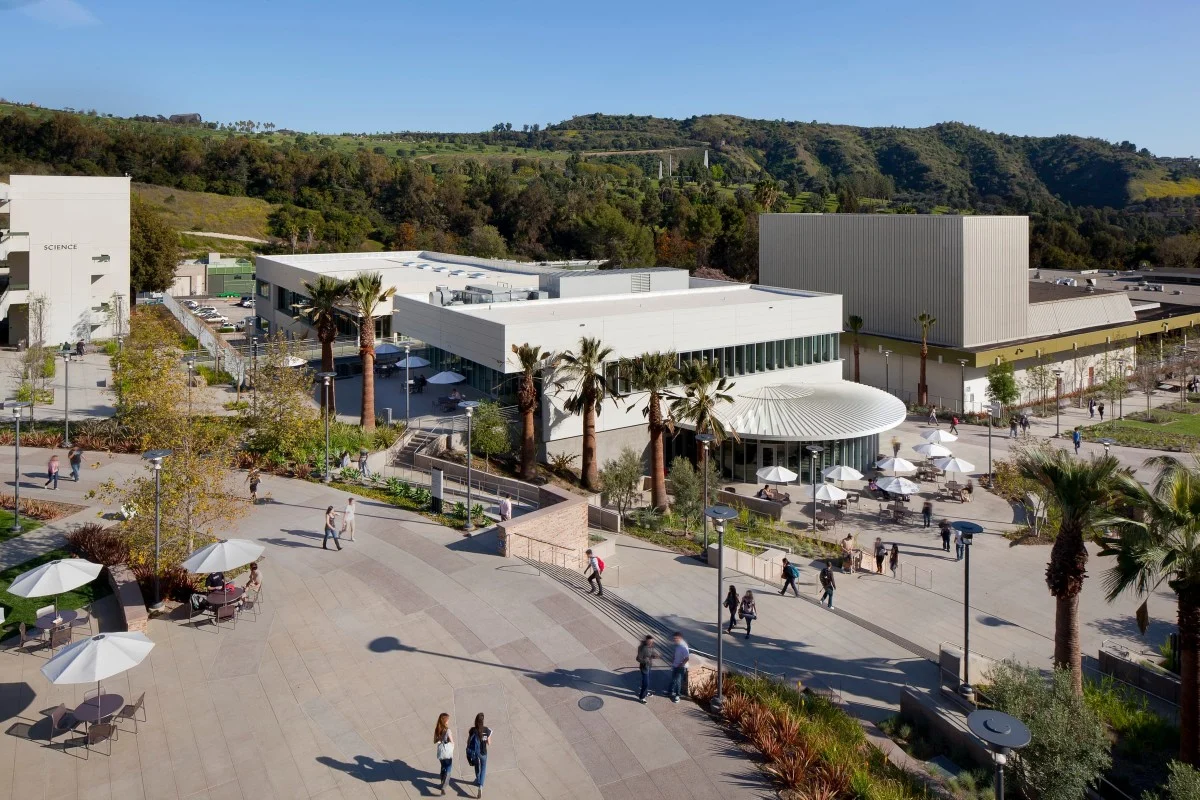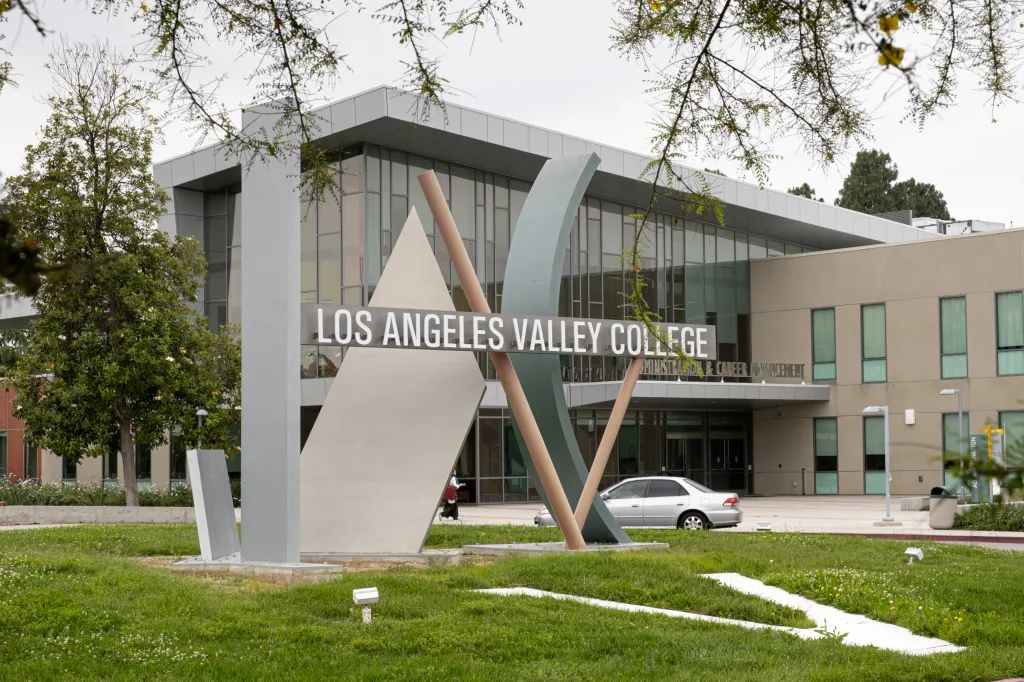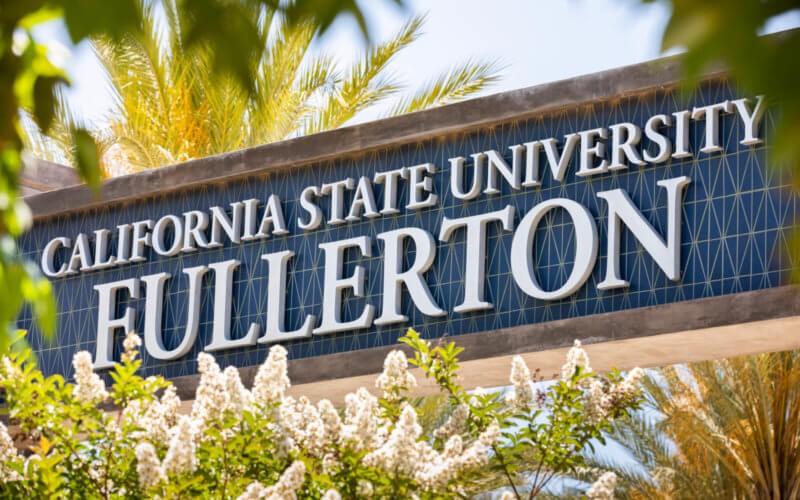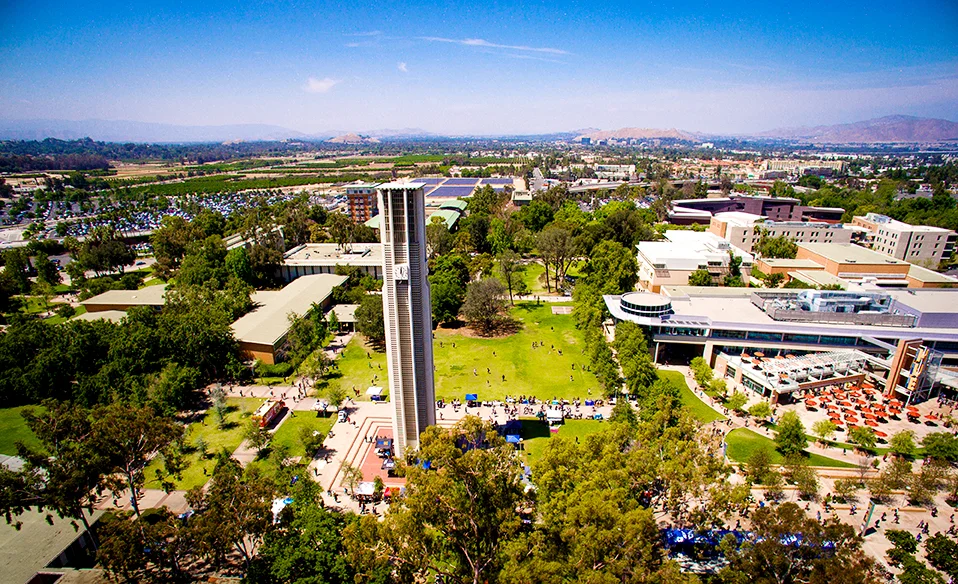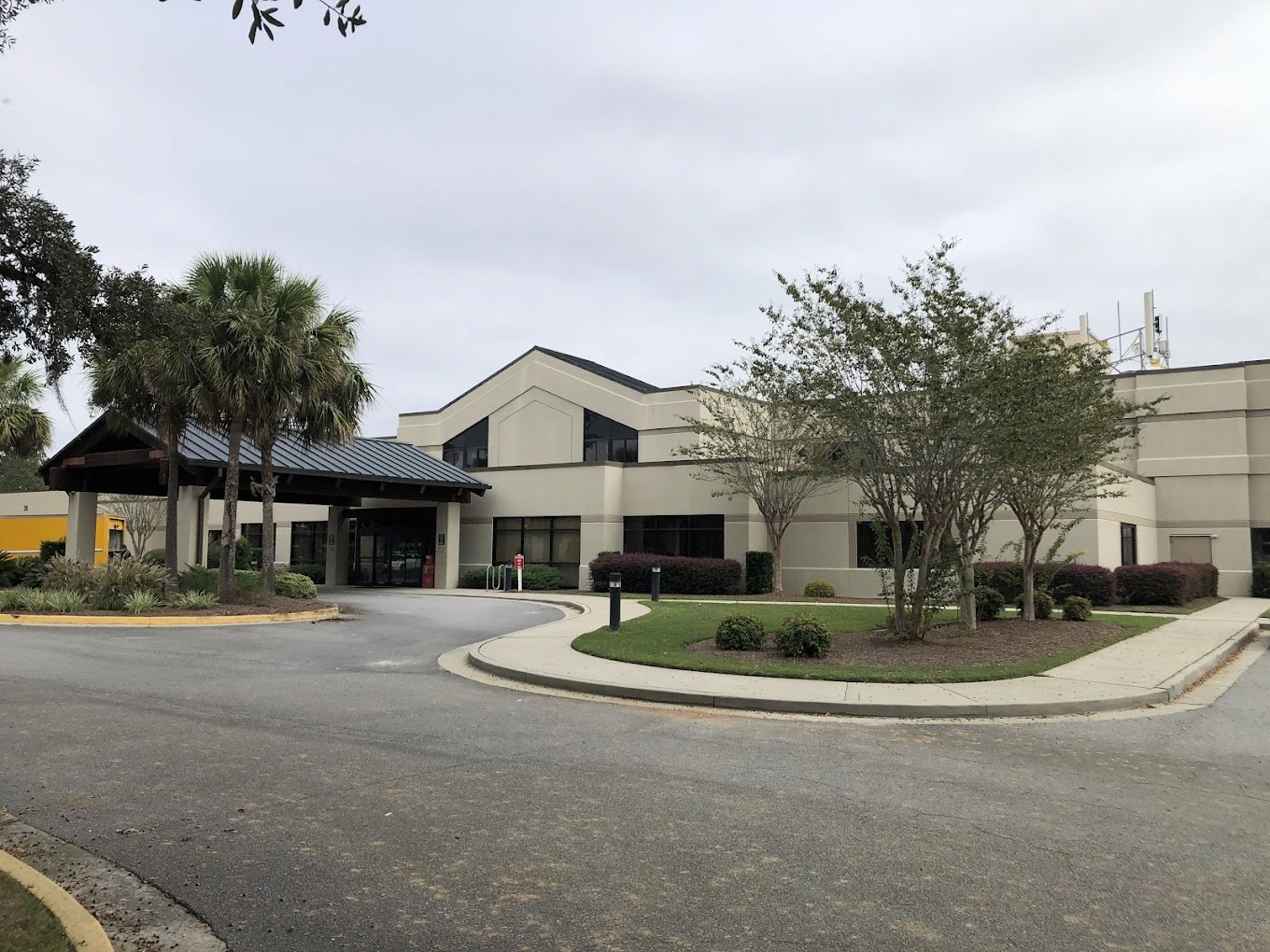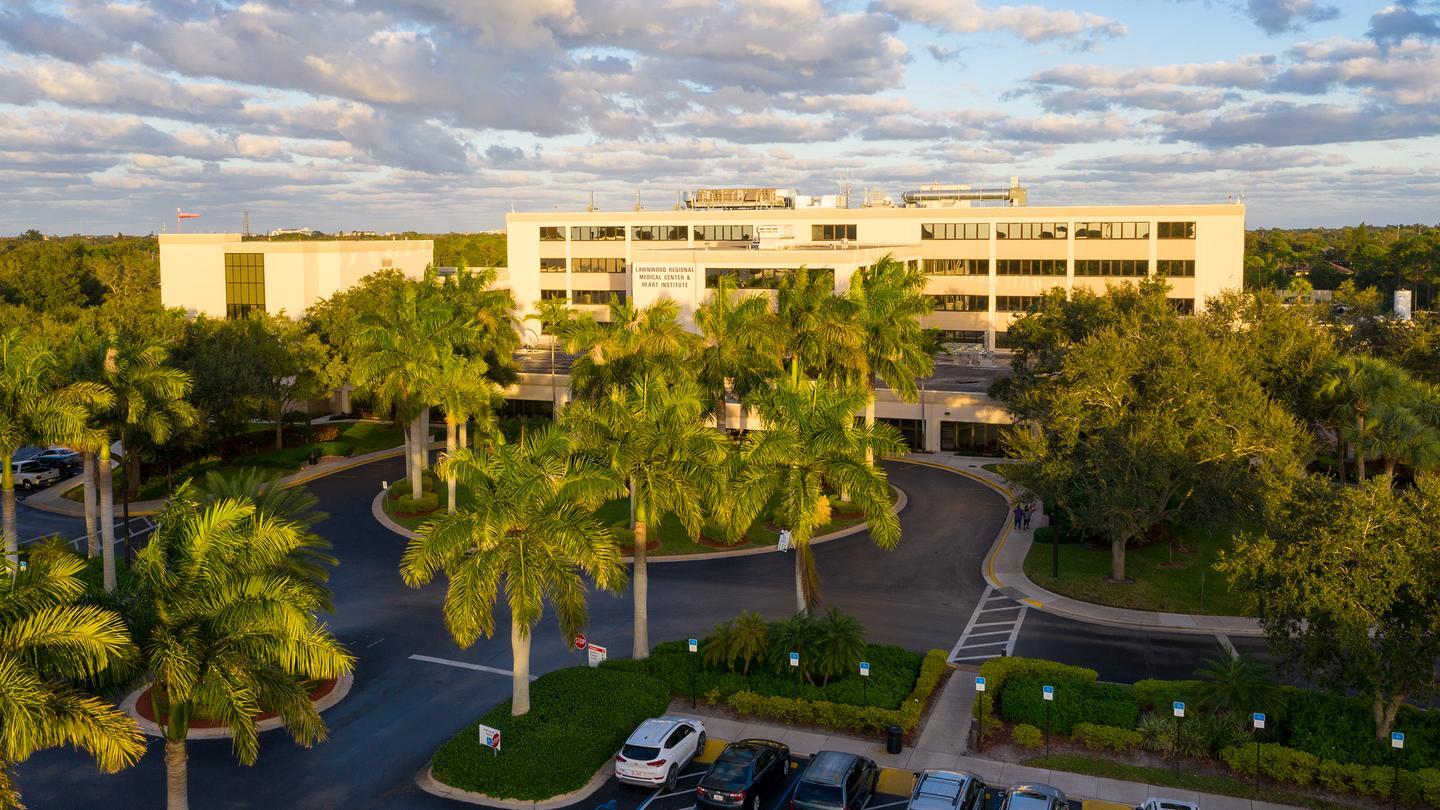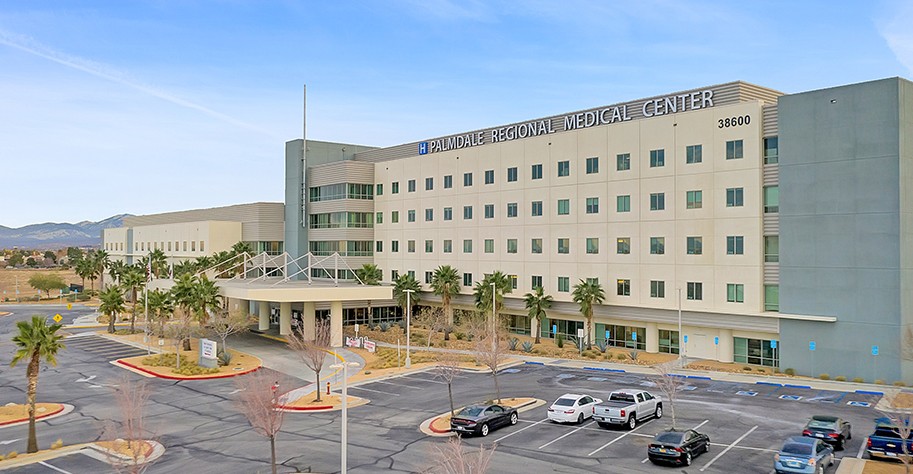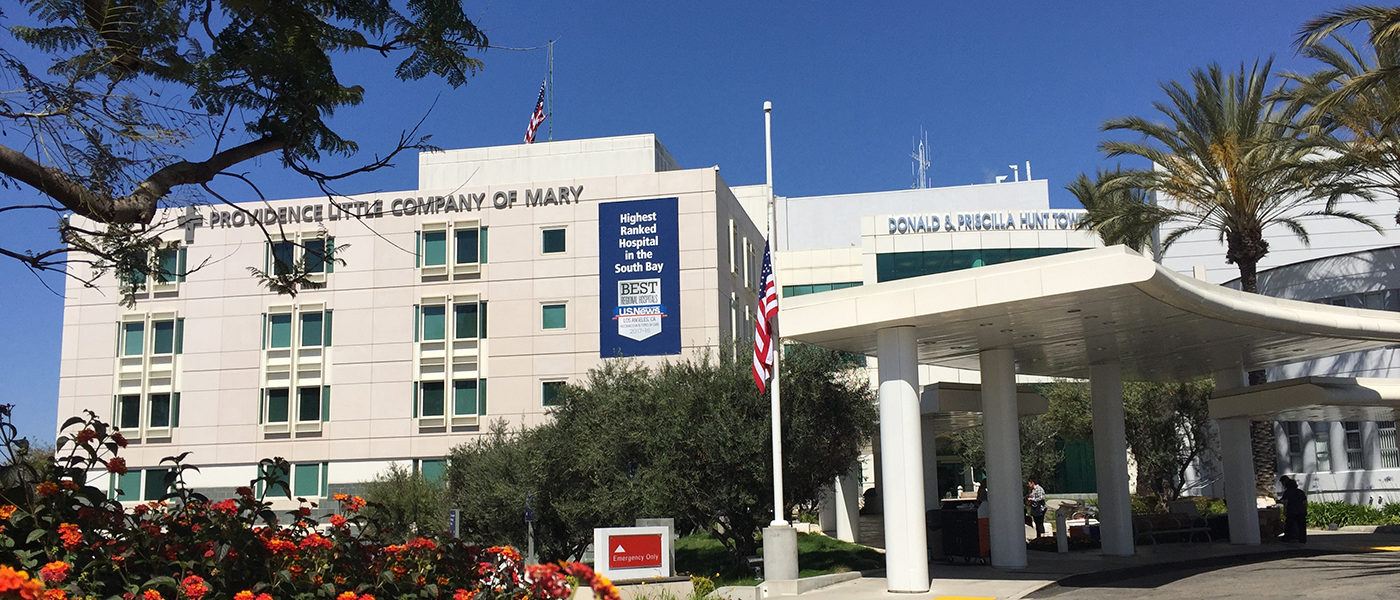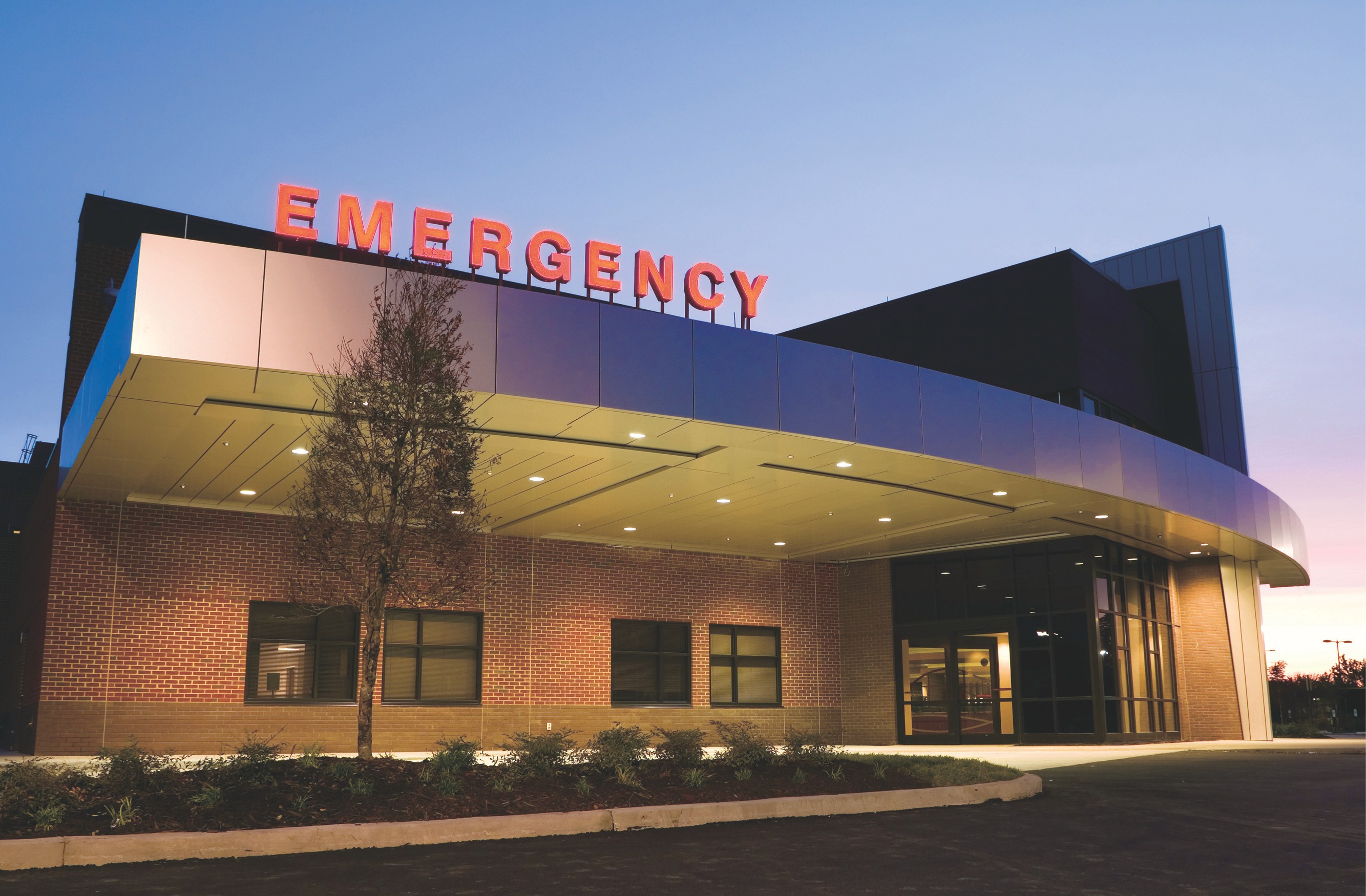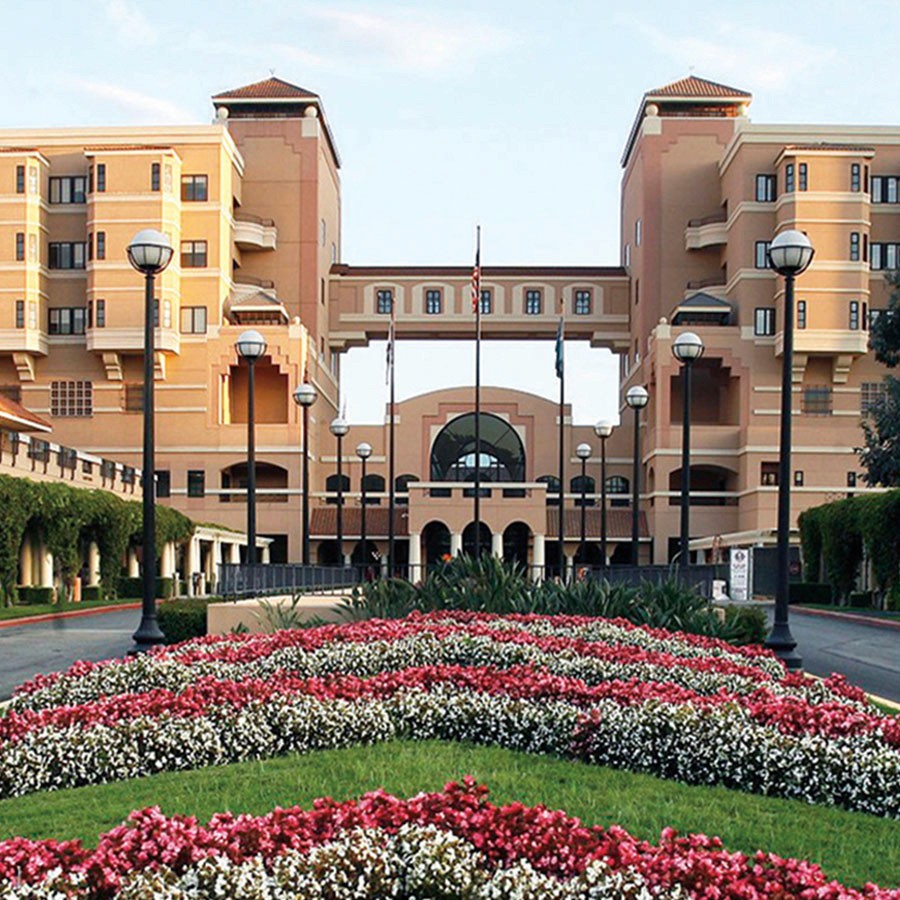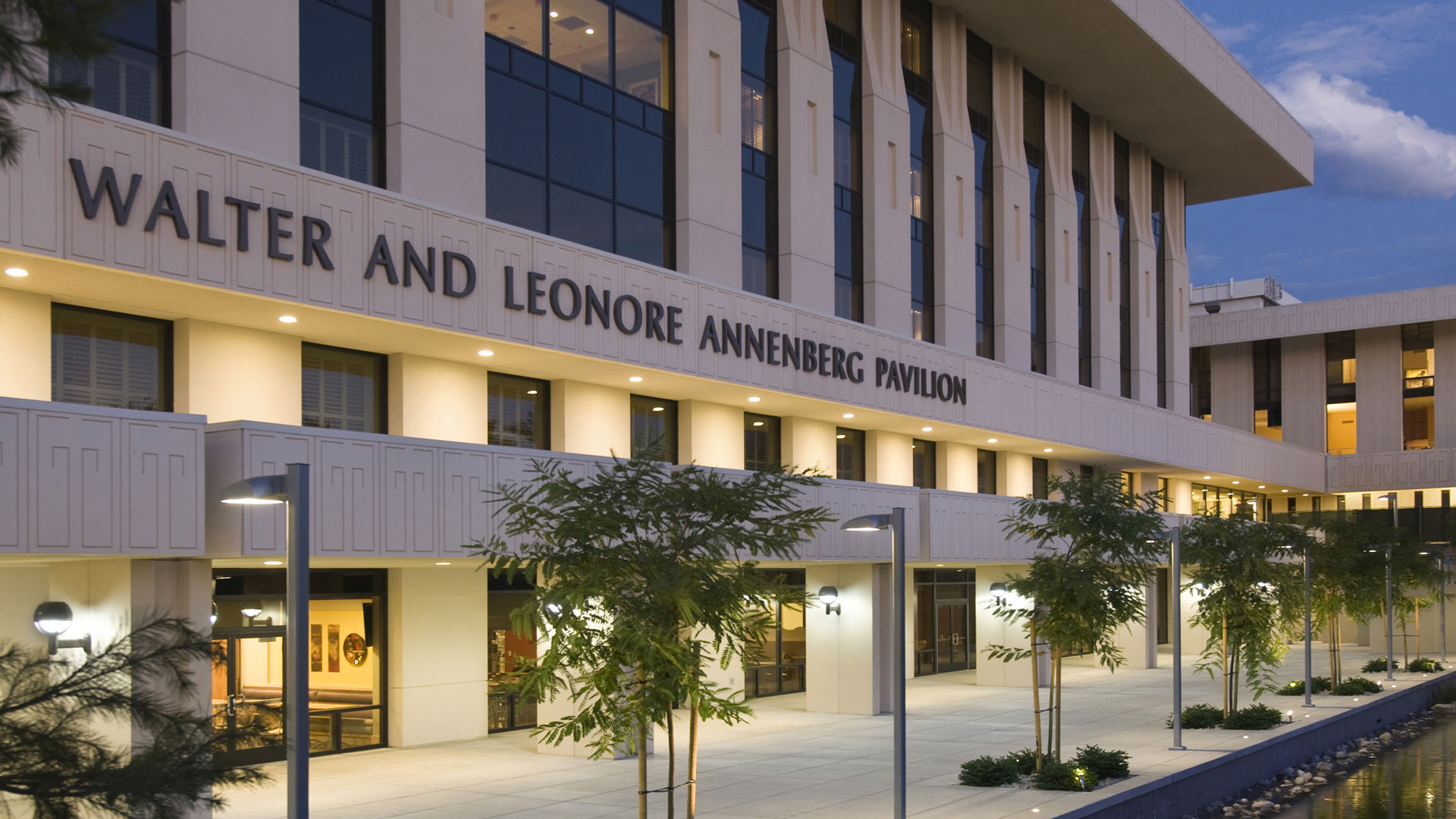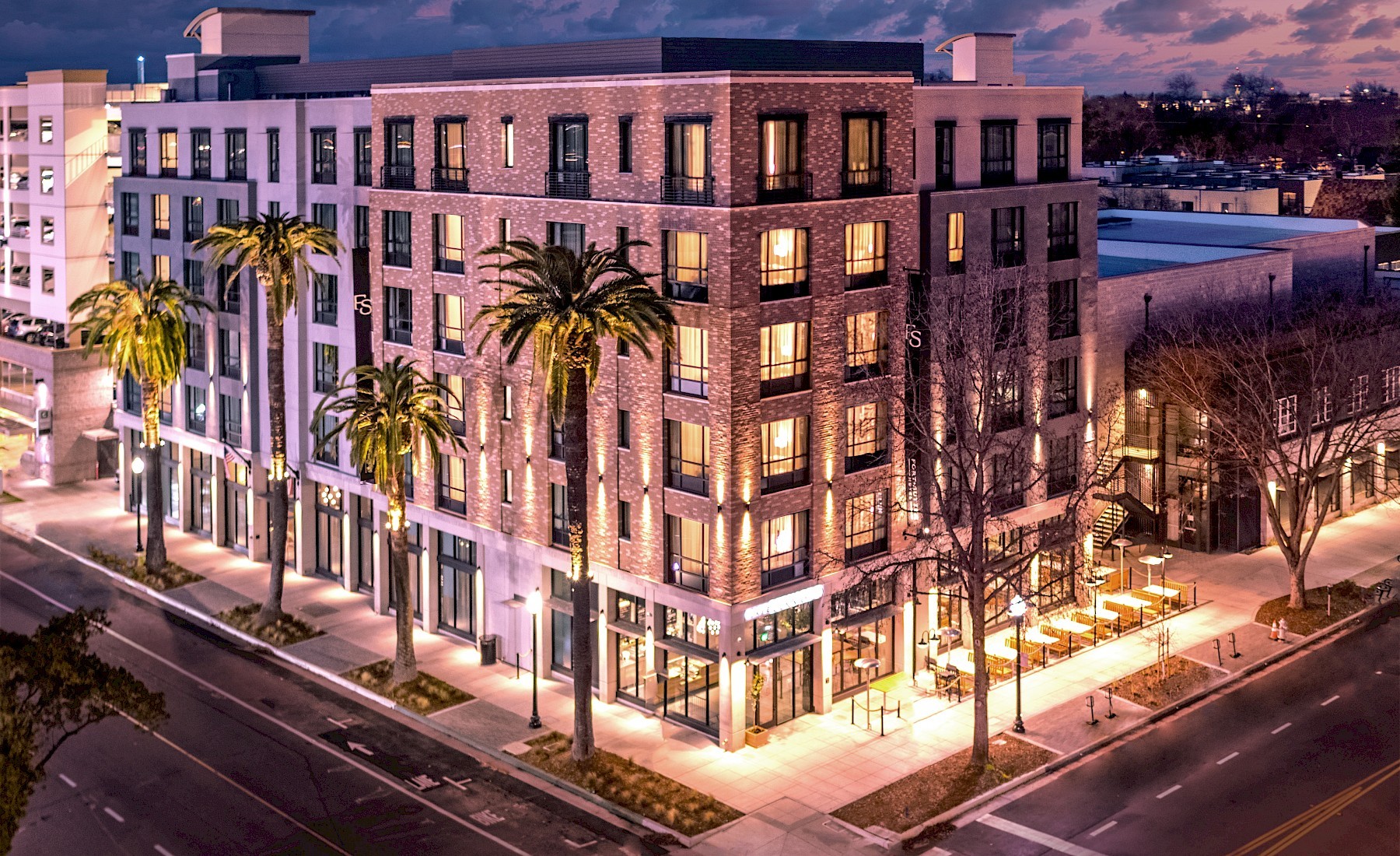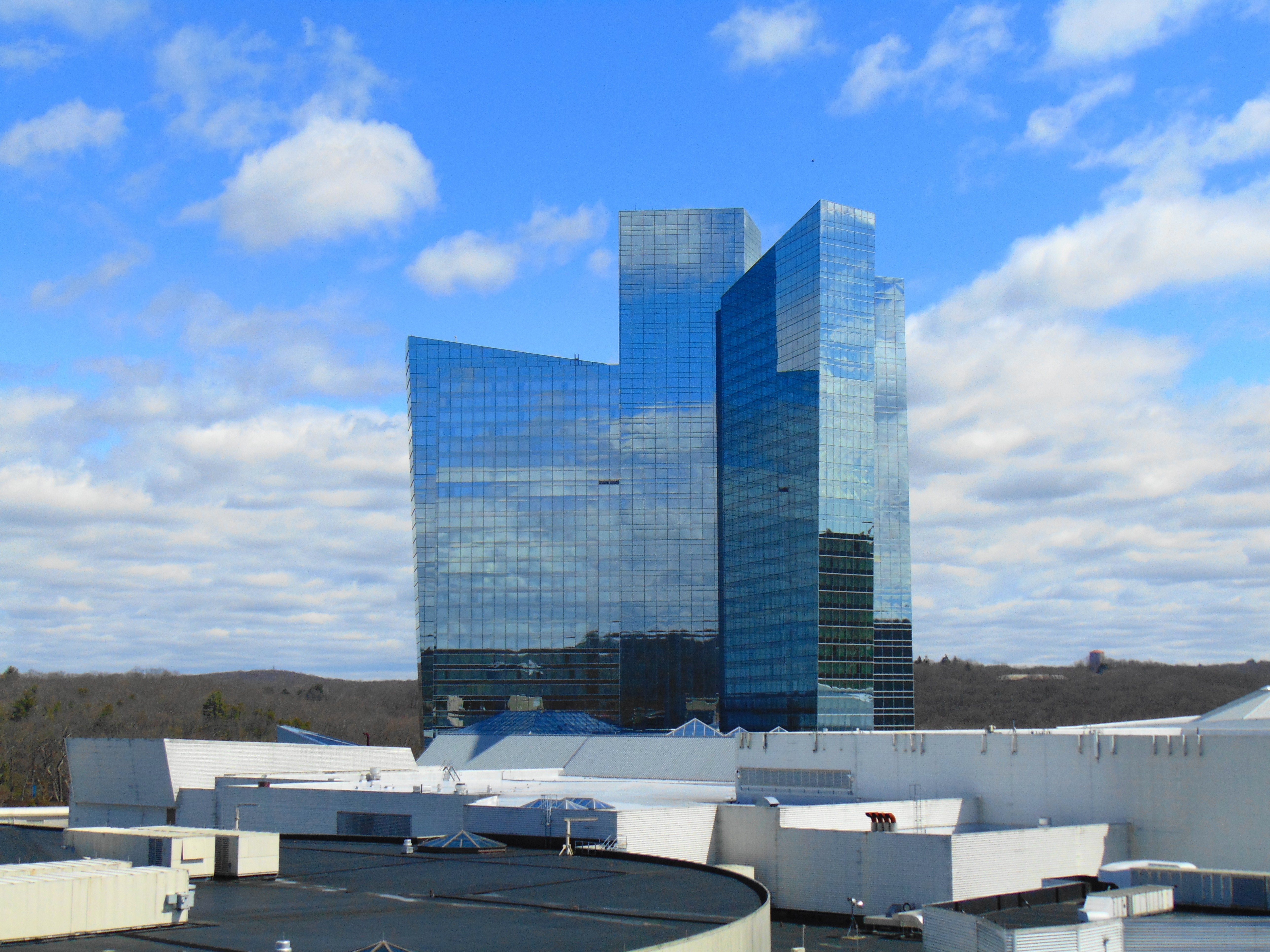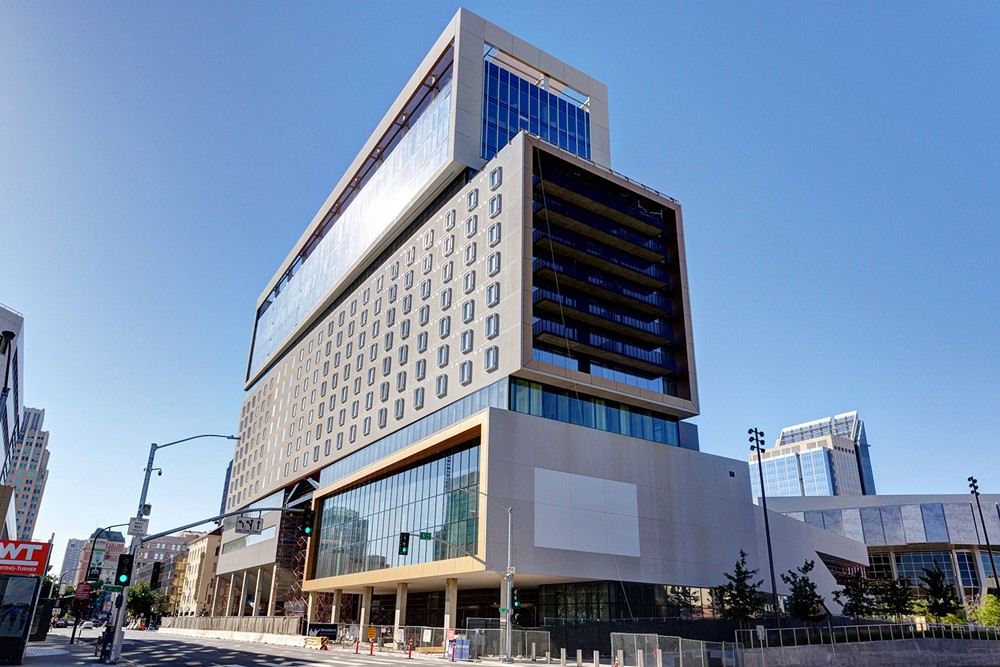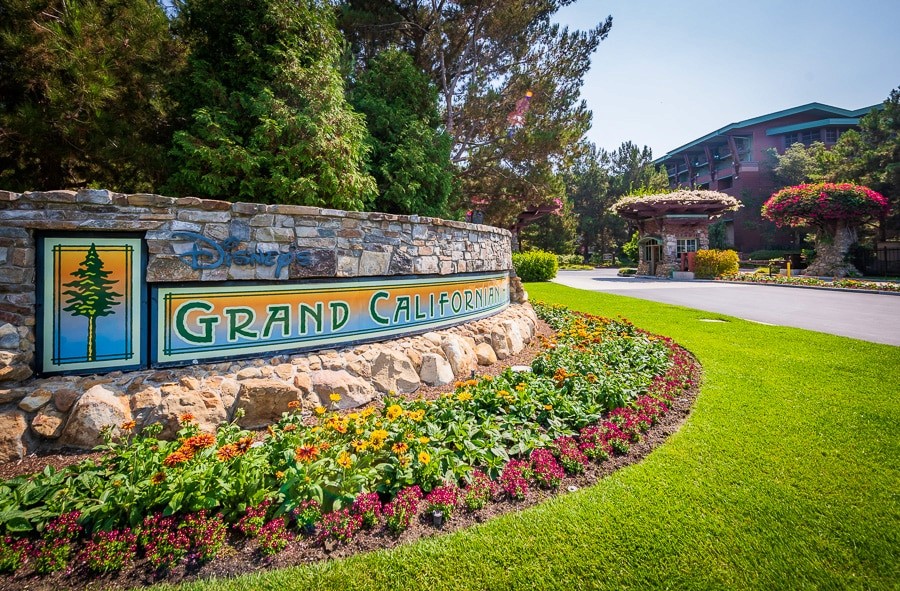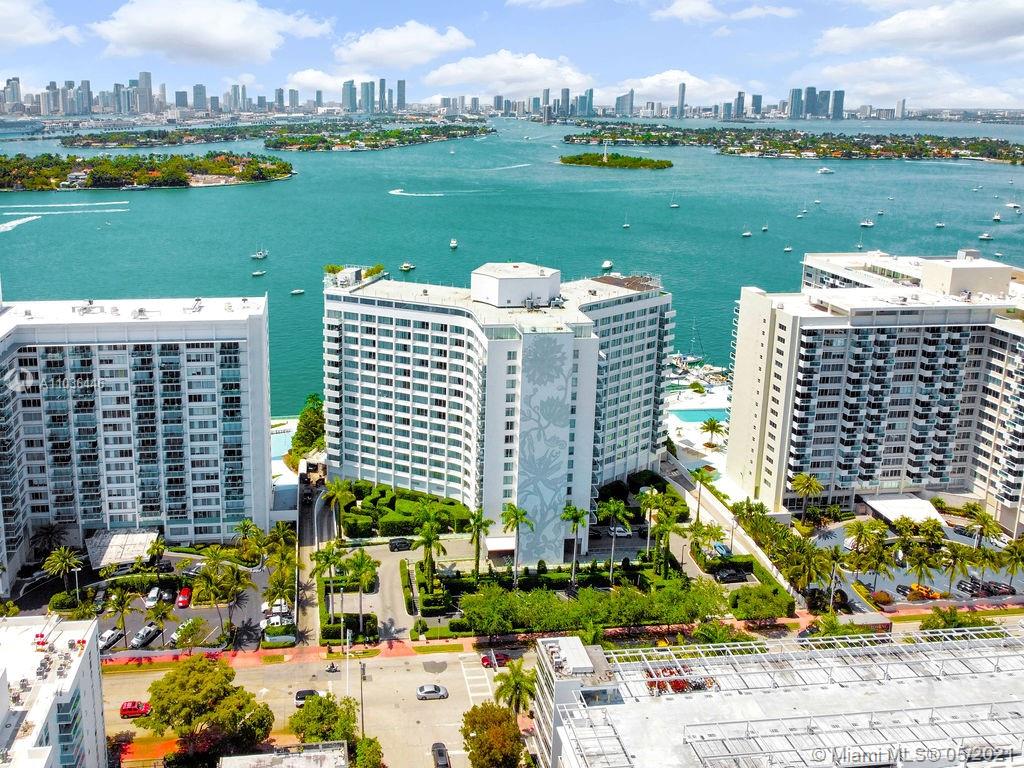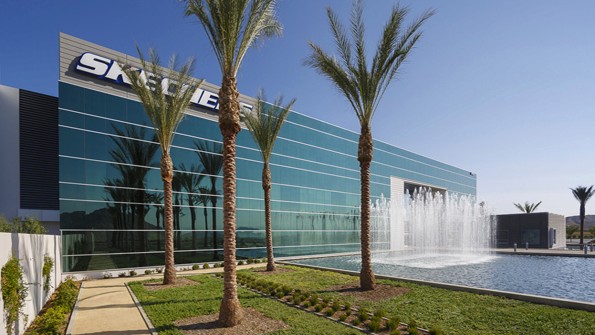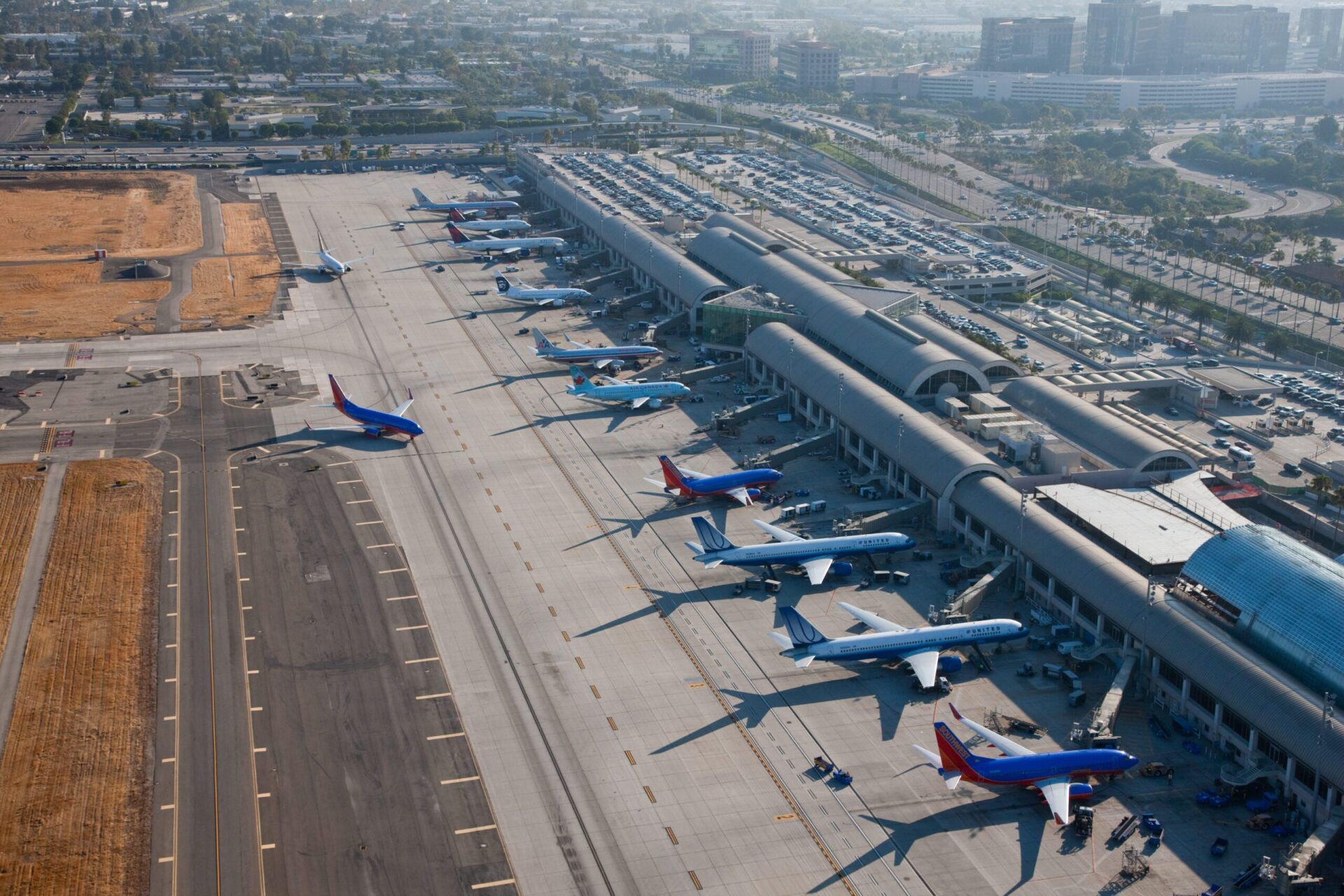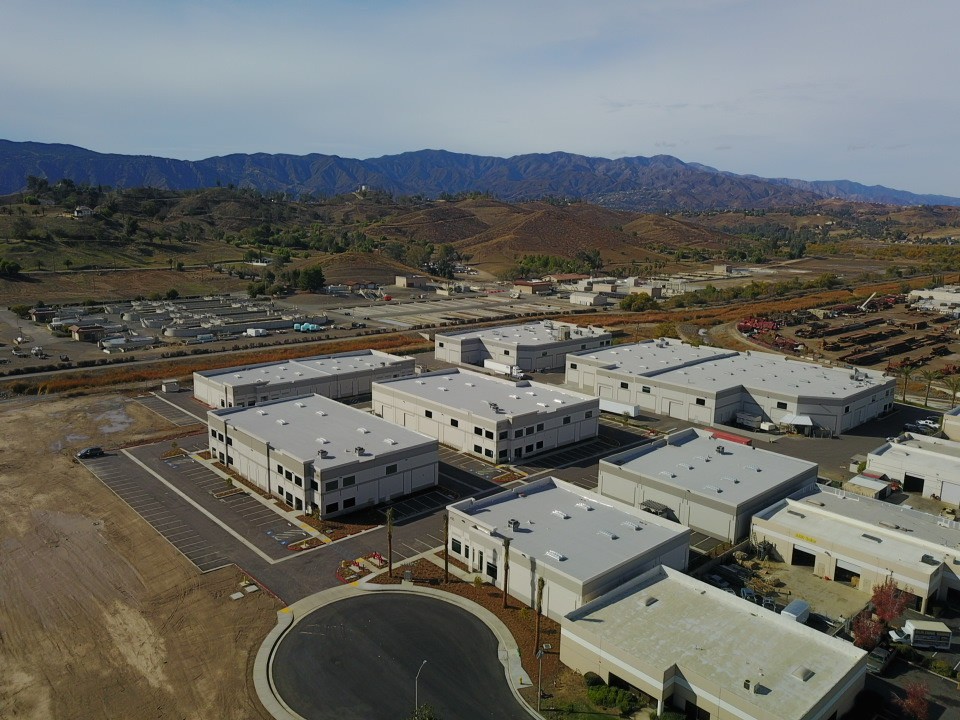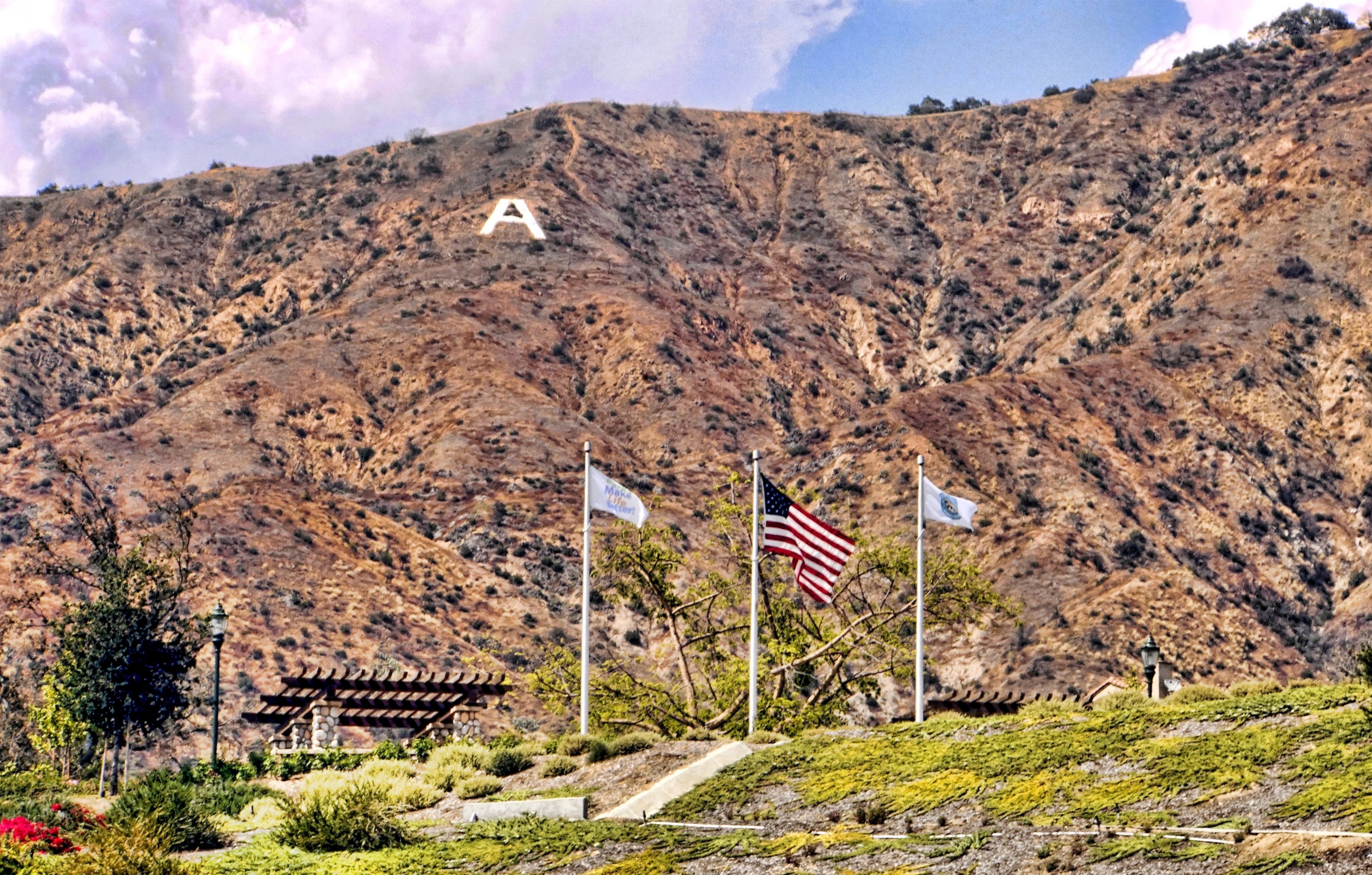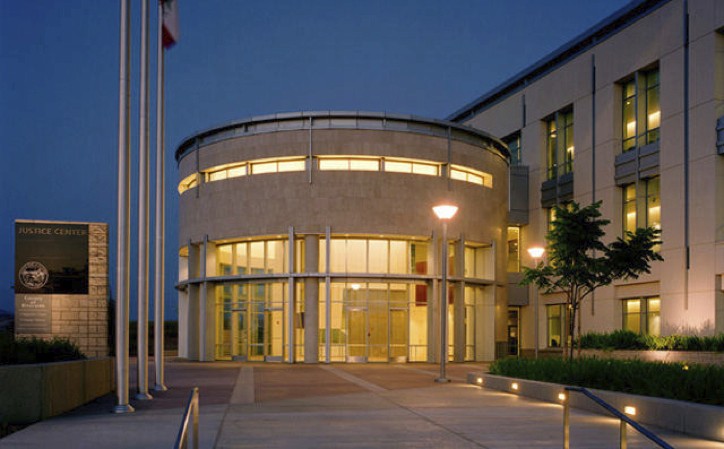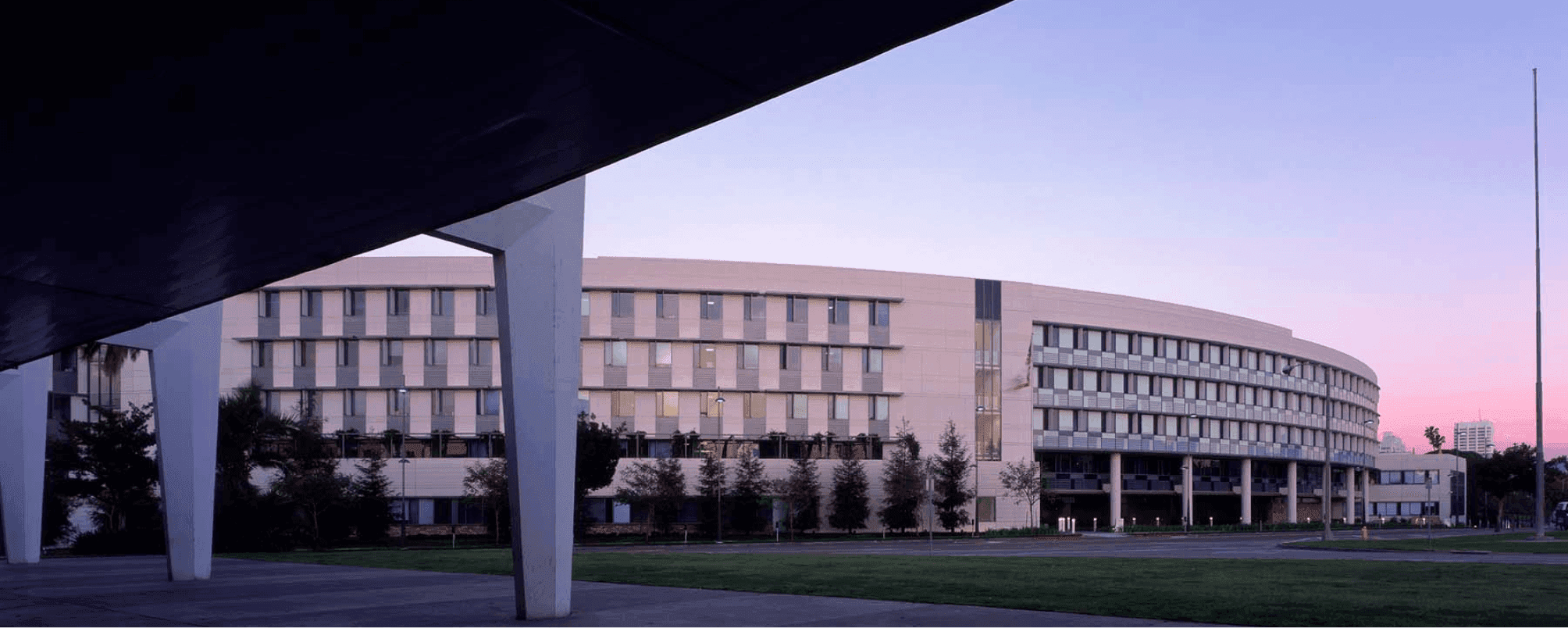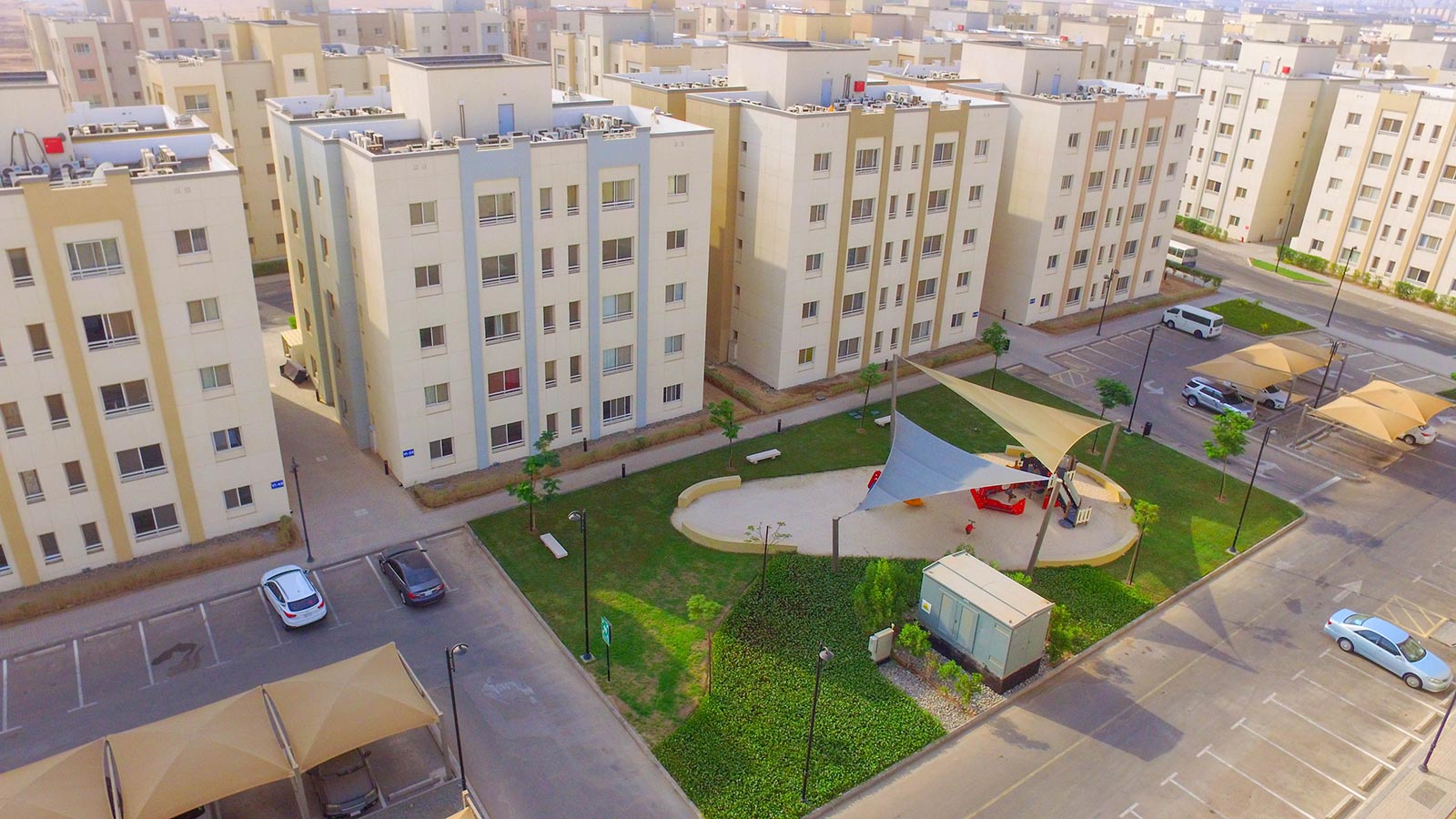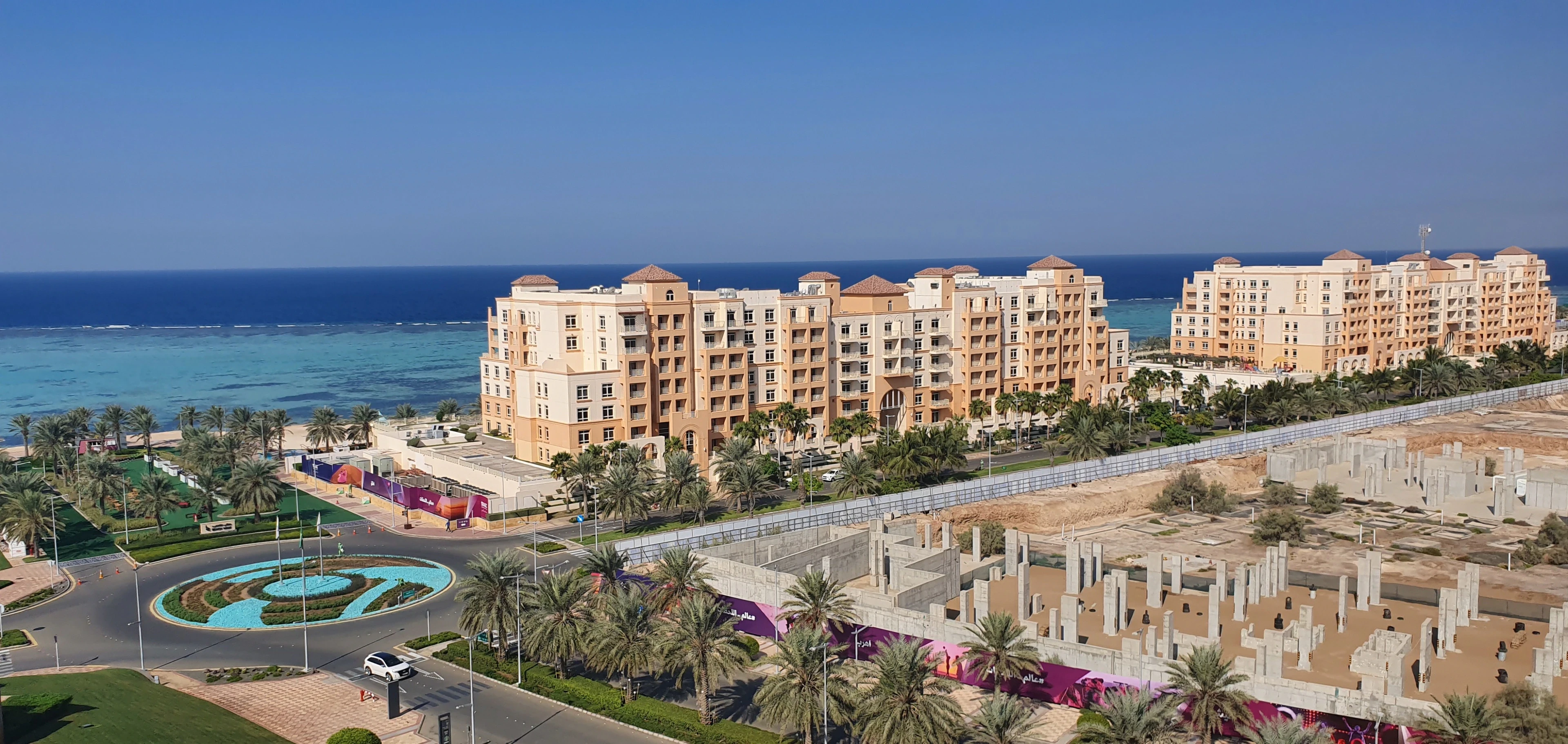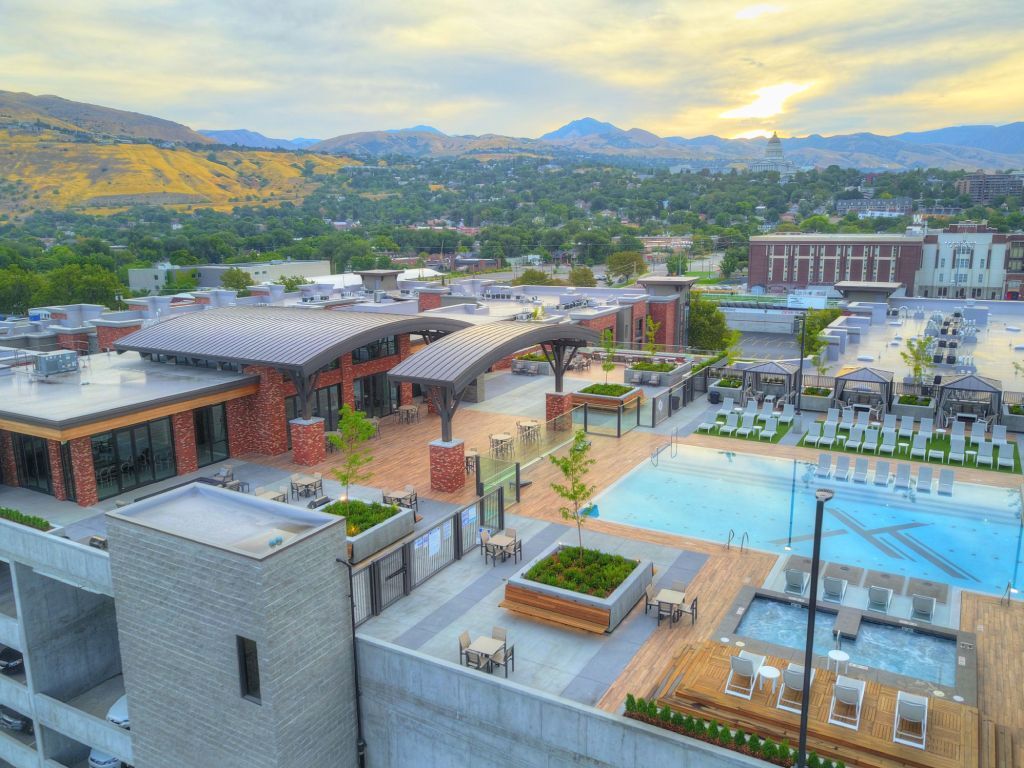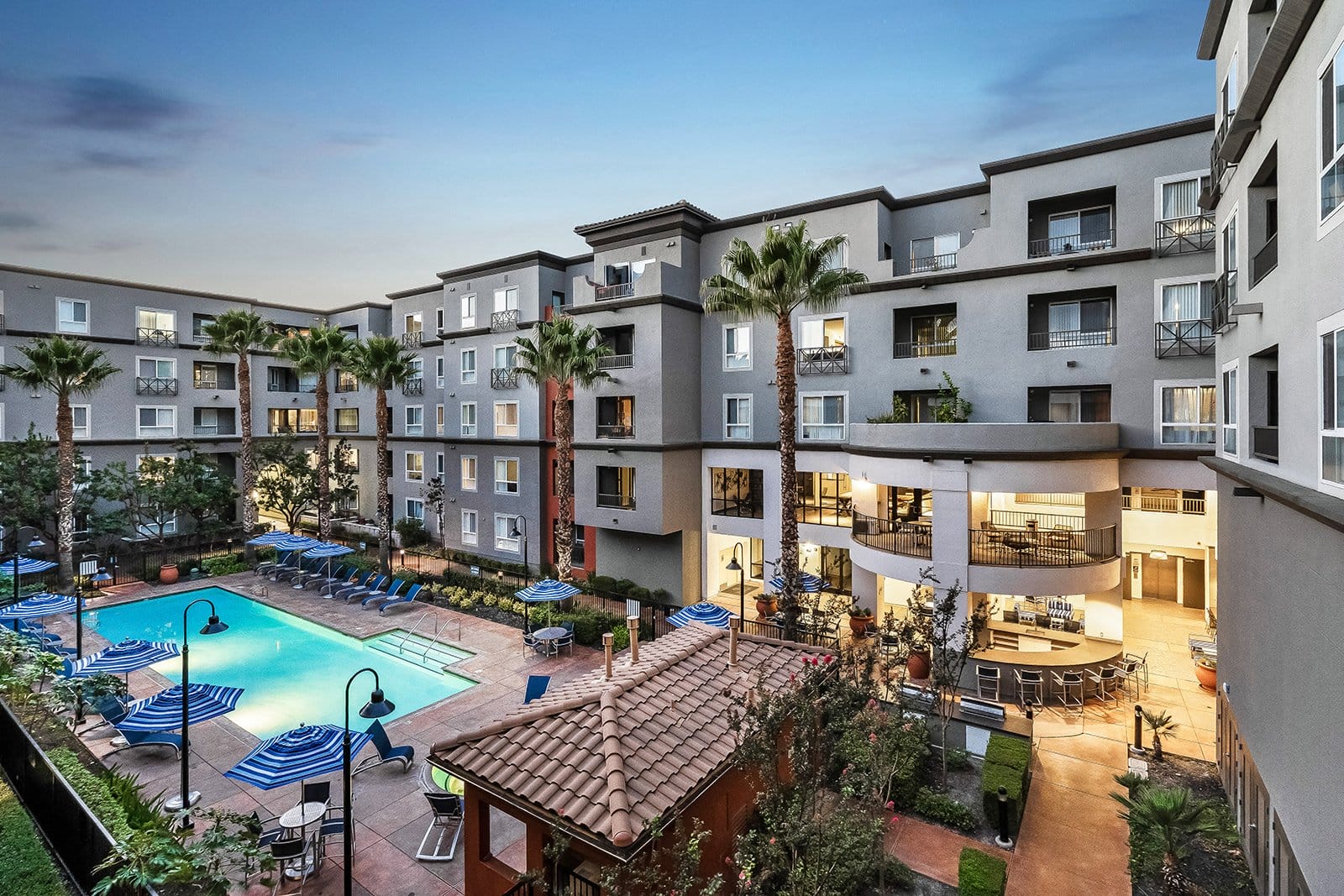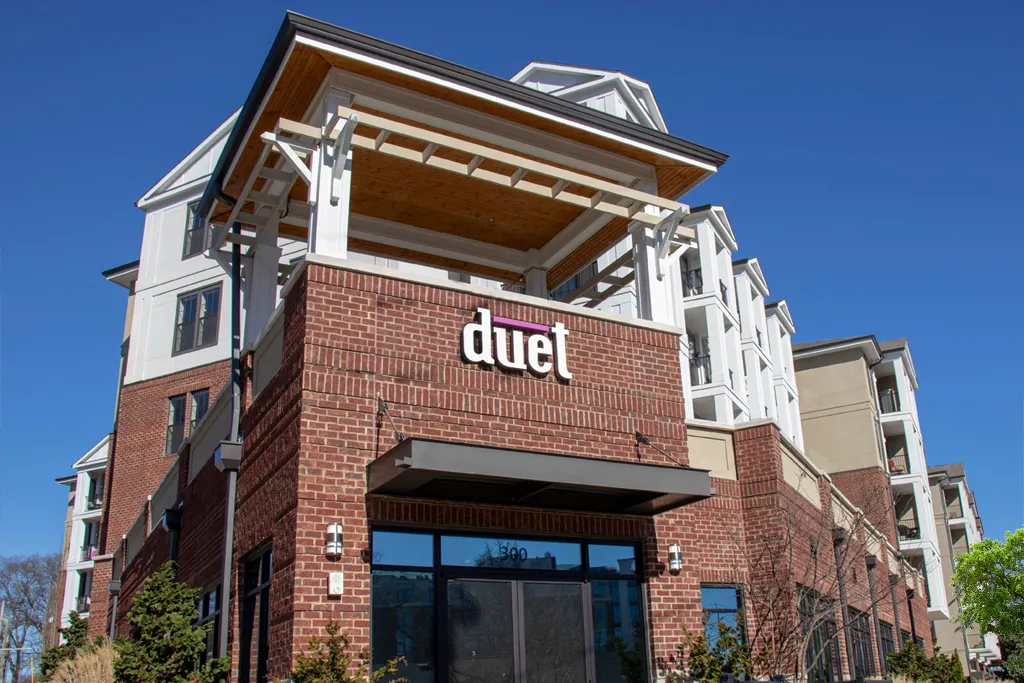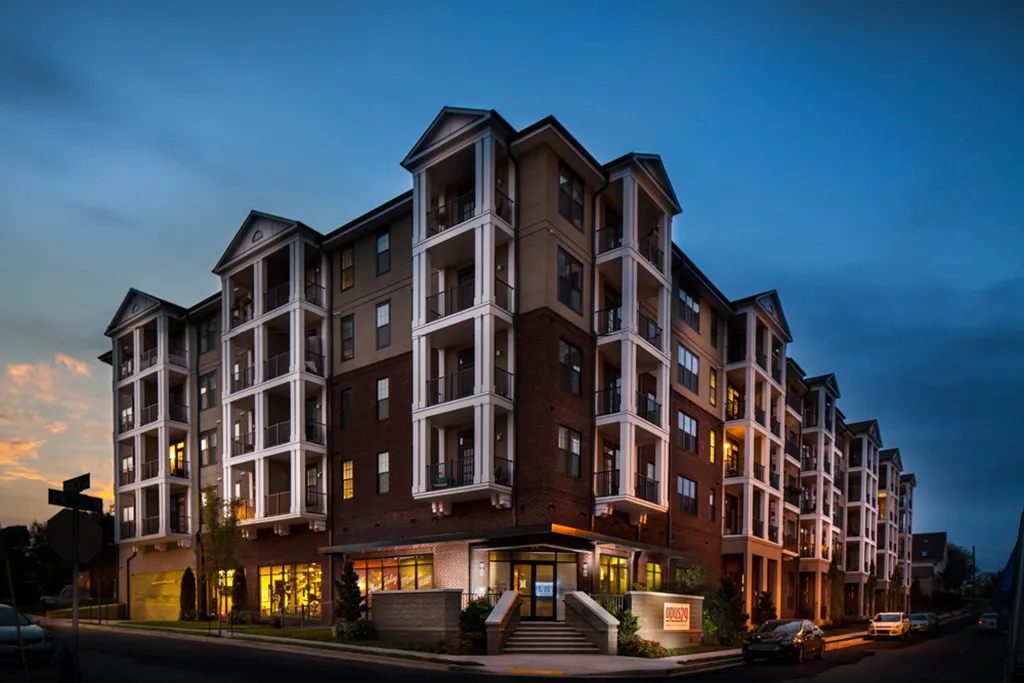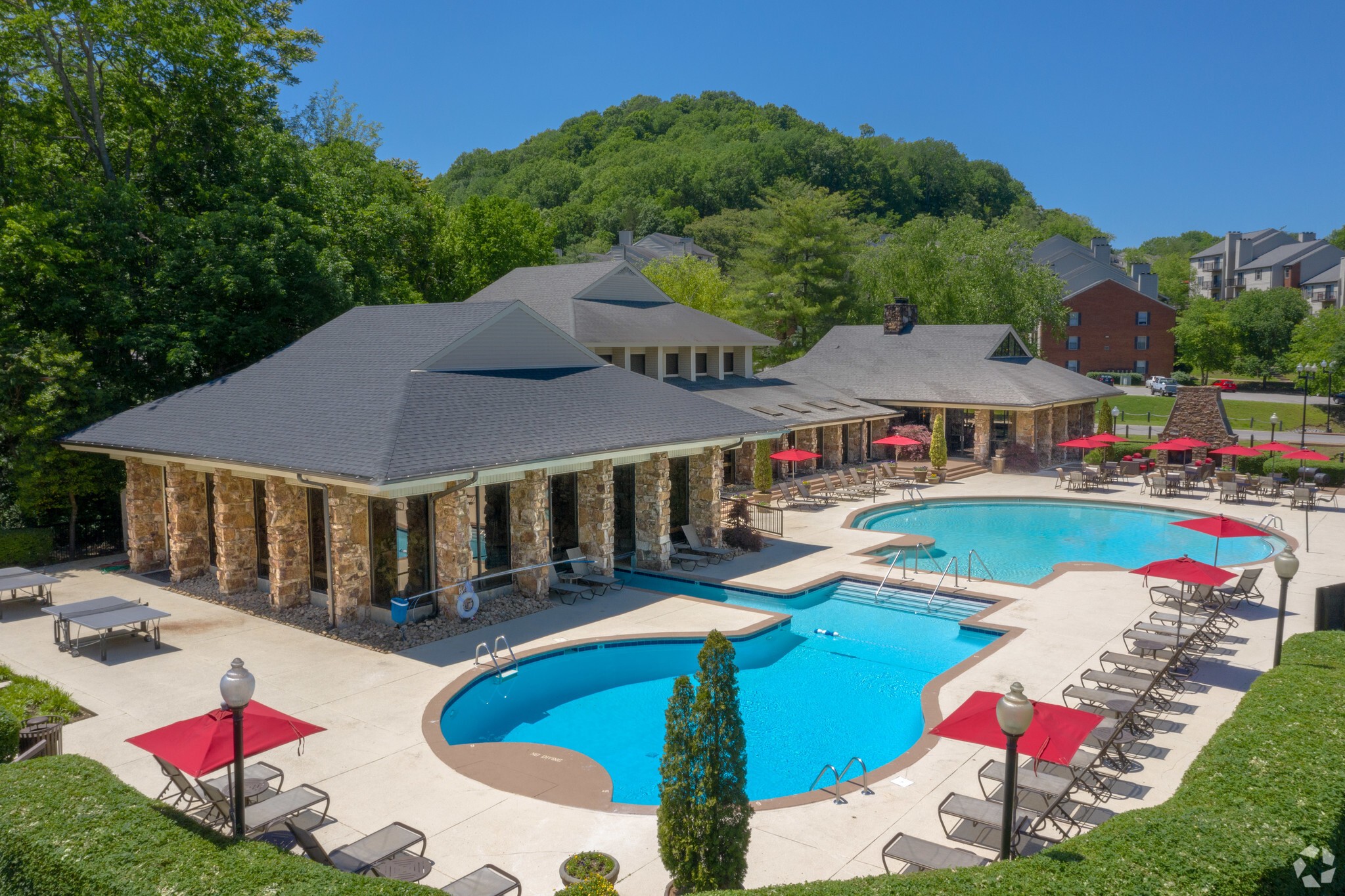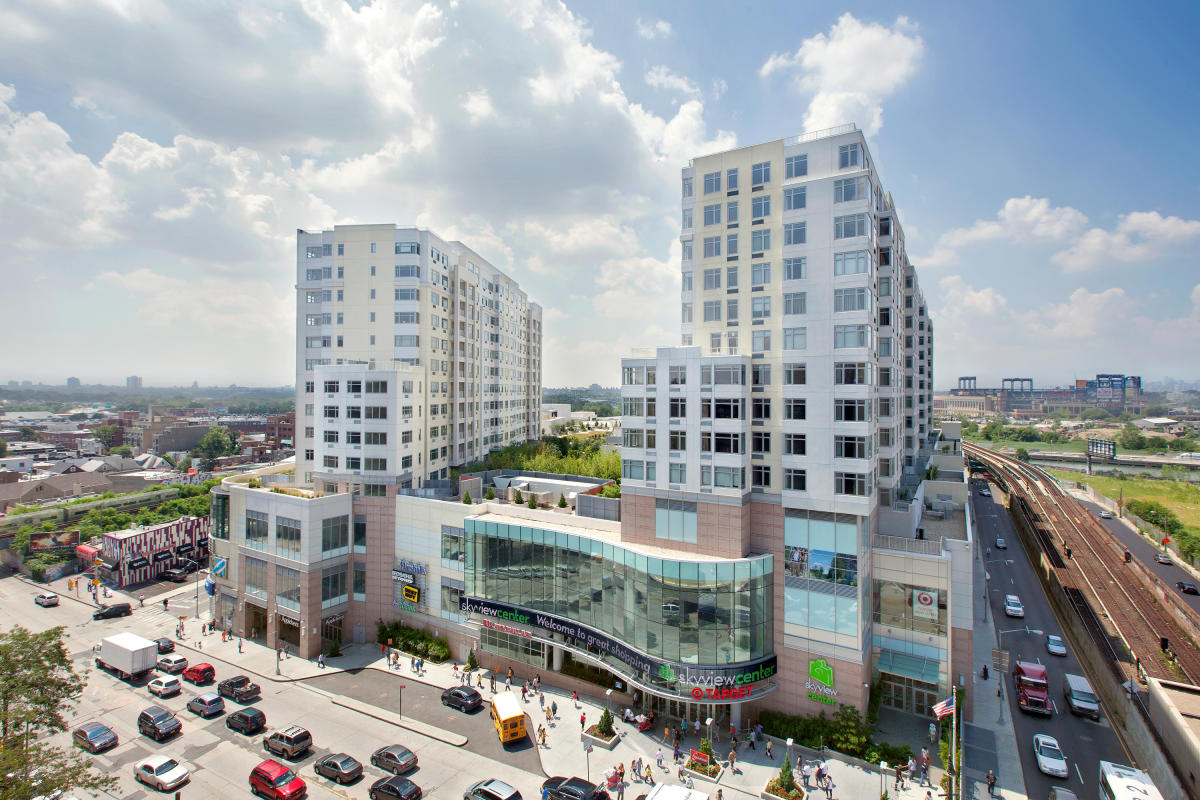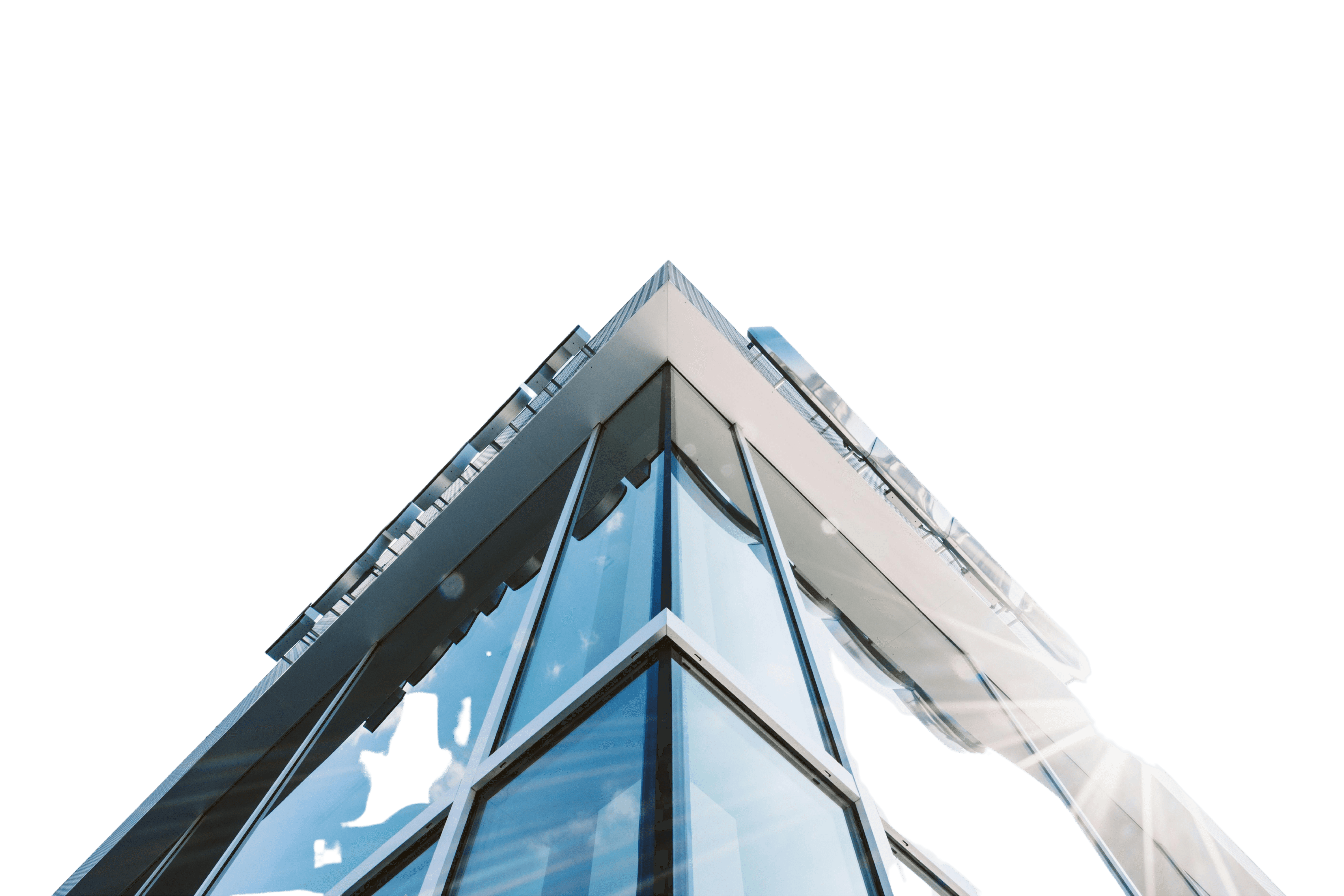
The January 2025 wildfires in Los Angeles destroyed more than 16,000 structures and scorched over 40,000 acres, displacing thousands and putting immense pressure on the region’s housing and infrastructure. As the rebuilding effort begins, the construction industry faces unprecedented challenges: severe labor shortages, supply chain disruptions, and the urgent need for resilient, fire-resistant construction.
The Scale of the Challenge
Labor Shortages: The construction labor shortage in California has intensified post-wildfires, with the industry needing 439,000 new workers nationwide in 2025 to meet demand. Immigration crackdowns have further strained the workforce, delaying rebuilding and driving up costs.
Supply Chain Constraints: Material shortages and price spikes—especially for steel, concrete, and lumber—are complicating procurement. Contractors are forced to navigate long lead times and volatile pricing, with tariff-driven increases compounding the challenge.
Permitting and Insurance: In response, Governor Newsom suspended CEQA and Coastal Act requirements to fast-track rebuilding, and $2.5 billion in immediate disaster relief has been allocated. However, stabilizing California’s property insurance market remains a critical hurdle, as many insurers are reevaluating coverage in fire-prone areas.
Building a More Resilient Future
Fire-Resistant Materials: The transition to steel, concrete, fiber cement, and gypsum board is accelerating. “The transition toward using more fire-resistant materials, such as steel, concrete, and fiber cement, can help mitigate wildfire damage significantly while maintaining or even enhancing earthquake resilience,” reports The Opinion Pages.
Technology and Automation: Drones, digital collaboration platforms, and modular robotics like Concert are transforming recovery. Drones rapidly survey damage, while robots handle repetitive or hazardous tasks—making jobs safer and more attractive to a new generation of workers.
Standardized Debris Removal: The Urban Land Institute’s “Project Recovery” report emphasizes standardized debris removal protocols and the creation of Community Rebuilding Authorities to coordinate efforts and expedite property owners’ safe return.
Fast-Tracking Permits: As of March 2025, the city has approved permits to rebuild three homes in Pacific Palisades, with 72 property owners submitting applications and 98 more filing in unincorporated areas.
Data and Recovery Timelines
Recovery Timelines: FEMA HAZUS models estimate that complete reconstruction of critical facilities may take up to 960 days, while business facilities average 360–480 days for complete damage.
Economic Impact: Business interruption losses are projected at $5–$9.7 billion over five years, with prolonged disruptions for local businesses and communities.
Expert Voices
“We want to make sure that we're moving as quickly as possible to try to get people back into their homes,” says Lew Horne, head of CBRE’s Greater Los Angeles region. “Success depends on careful orchestration of multiple elements: strong leadership, sustained community engagement, and flexible adaptation of proven recovery practices to local conditions,” adds the LAEDC wildfire study.
At Paragon, our disaster recovery blueprint prioritizes detailed planning, transparent stakeholder communication, and flexible, phased project delivery. Rebuilding after disaster isn’t just about restoring what was lost—it’s about creating a safer, more resilient future for Los Angeles.



